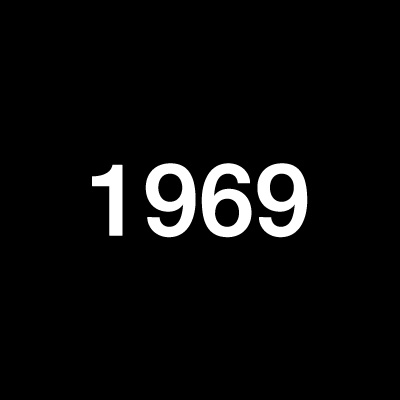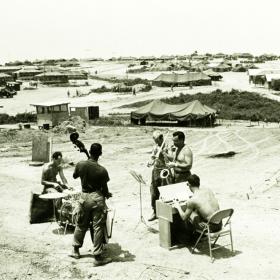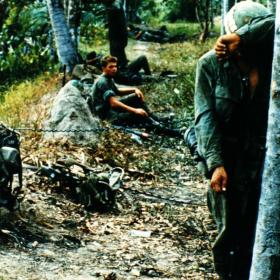1969
Under newly elected President Richard Nixon, the United States' policy of Vietnamization slowly began to take effect in 1969.
With peace negotiations stalled and casualties mounting, newly elected President Richard Nixon—who had campaigned on a platform of ending the war honorably—implemented in 1969 a policy of “Vietnamization,” whereby the burden of the war would be shifted to South Vietnamese forces. At the same time, the United States began bombing the neighboring country of Cambodia in an effort to destroy North Vietnamese supply lines running near the border. More than 400,000 American troops remained in Vietnam through the end of the year, but that number was steadily reduced.
A pivotal time in the war, 1969 marked the death of Ho Chi Minh and the widespread publication of the infamous Mỹ Lai Massacre of March 1968—during which American soldiers brutally massacred as many as 500 unarmed civilians in the South Vietnamese village of Mỹ Lai. Although it was also halted by American forces and ultimately exposed by a photographer and reporter with the U.S. Army’s Americal Division, news of the incident seriously eroded support for the American war effort among its allies and the American public.


